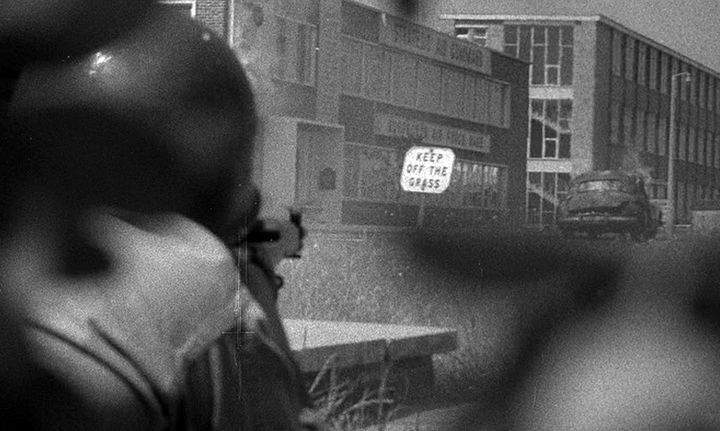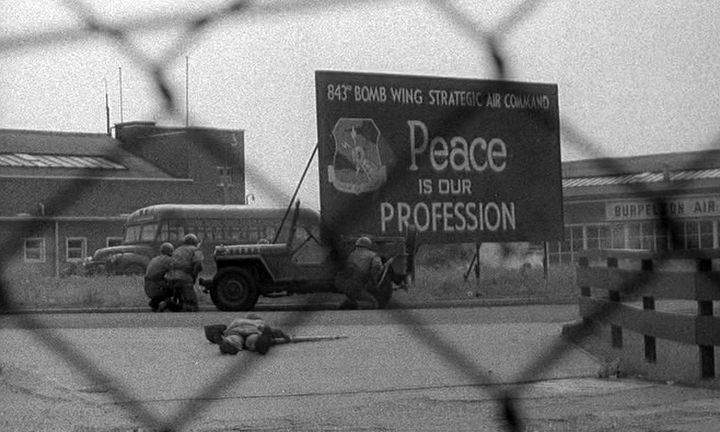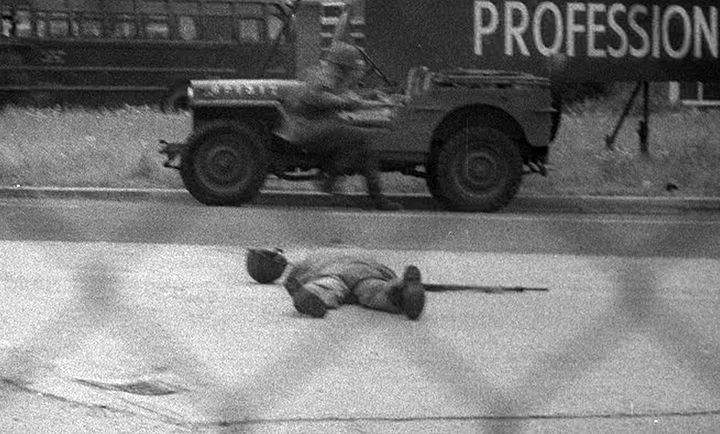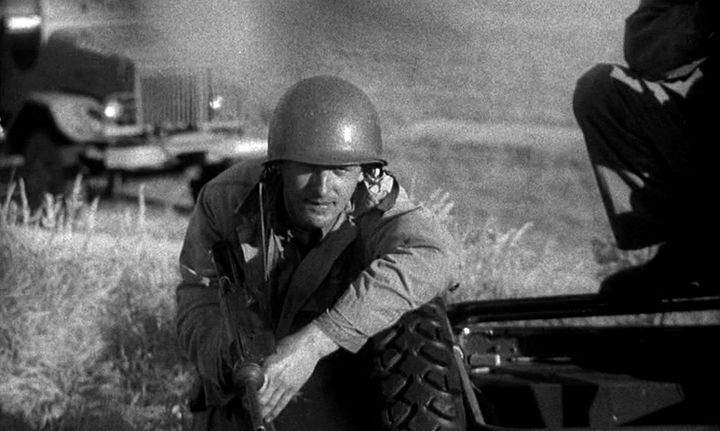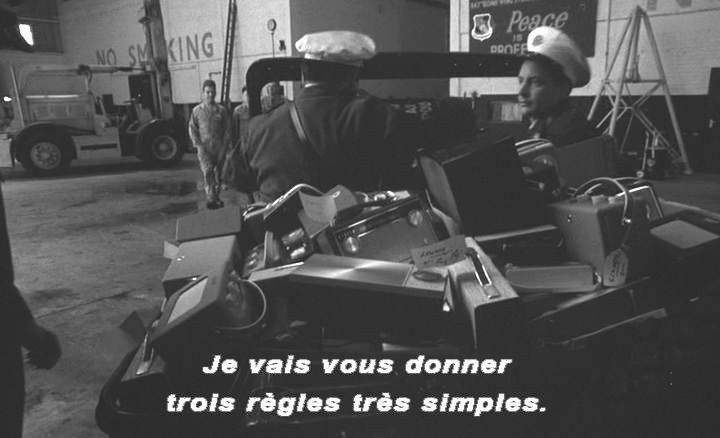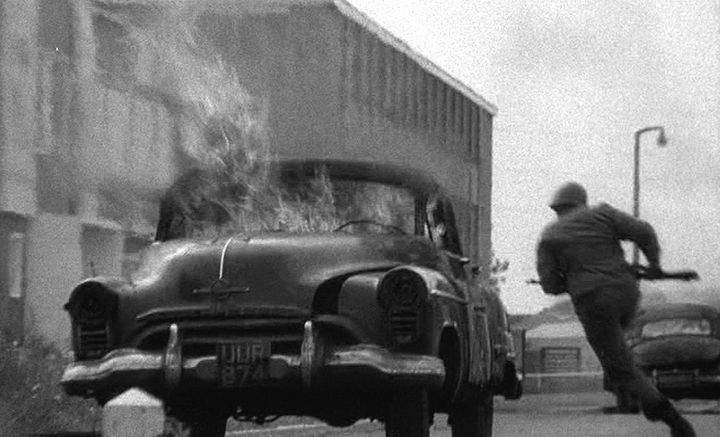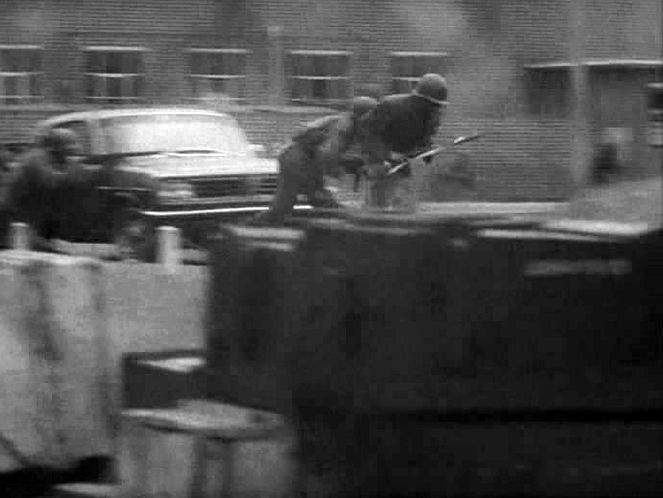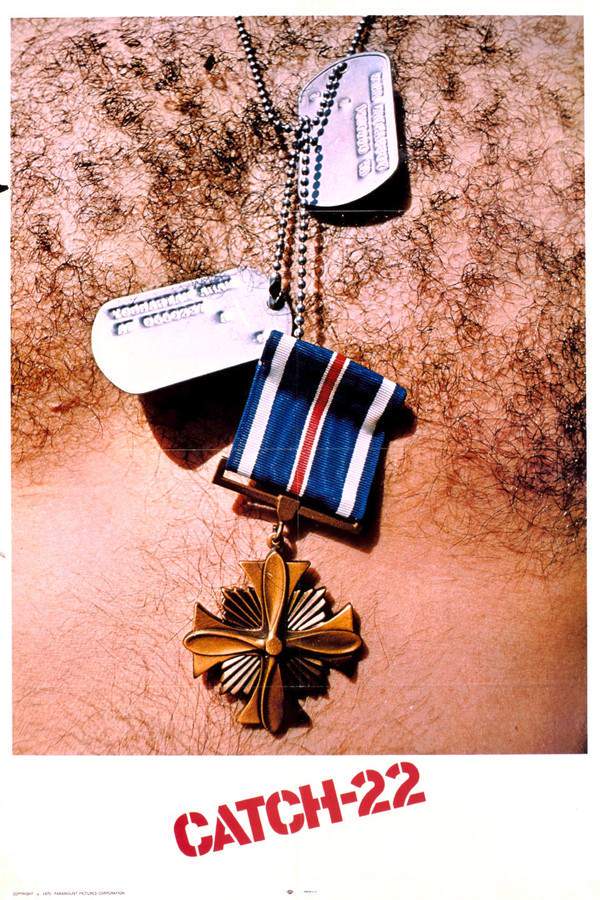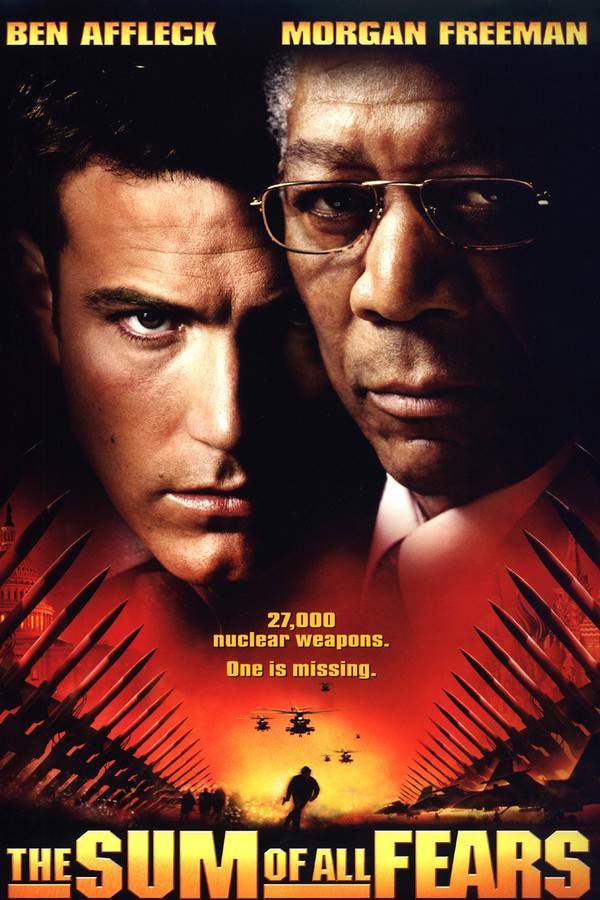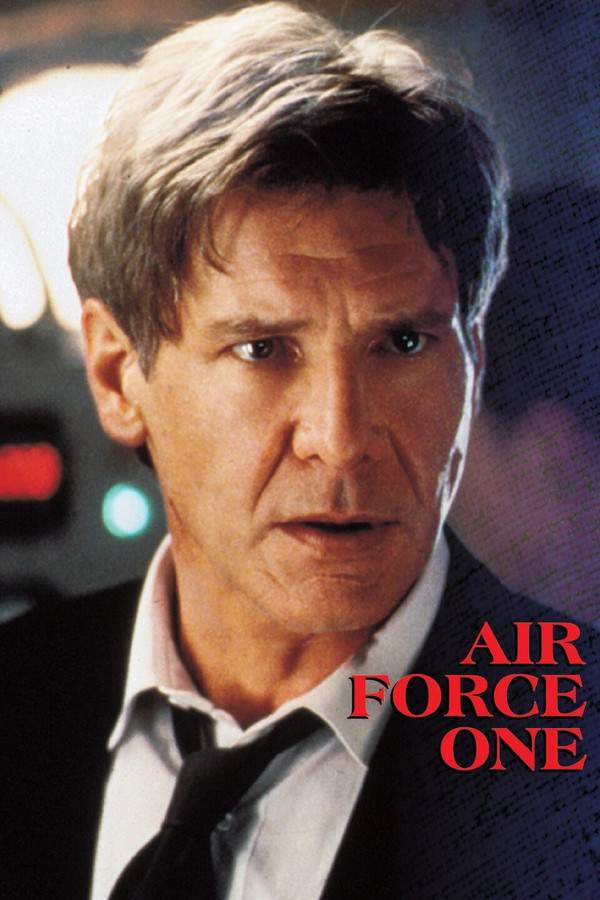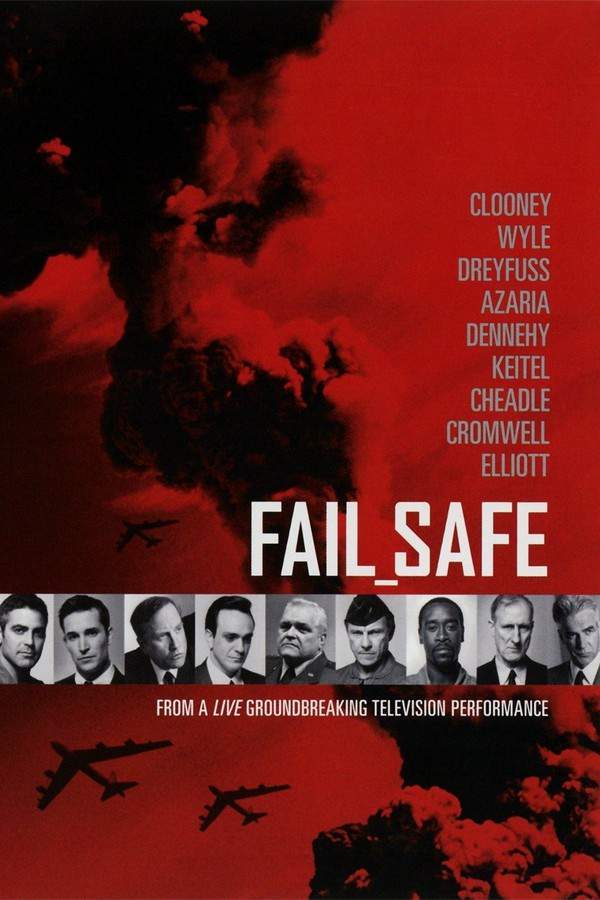Dr. Strangelove or: How I Learned to Stop Worrying and Love the Bomb 1964
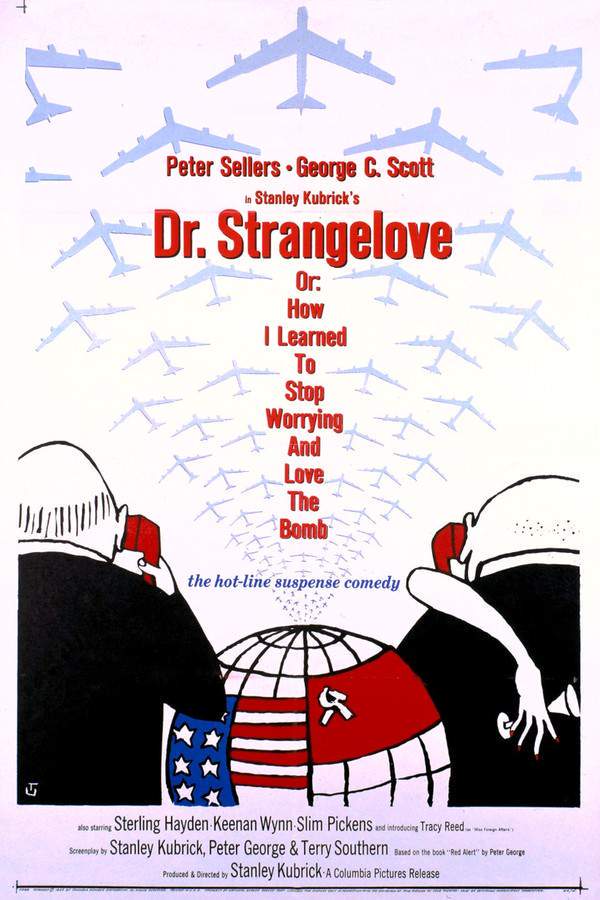
A rash Air Force commander triggers a catastrophic sequence of events, initiating a surprise nuclear attack on Russia. As the world descends into chaos, the U.S. President convenes an emergency war room meeting. Alongside his advisors, he seeks the help of the peculiar Dr. Strangelove and the Soviet premier in a desperate attempt to avert global destruction and find a solution to the unfolding crisis.
Does Dr. Strangelove or: How I Learned to Stop Worrying and Love the Bomb have end credit scenes?
No!
Dr. Strangelove or: How I Learned to Stop Worrying and Love the Bomb does not have end credit scenes. You can leave when the credits roll.
Meet the Full Cast and Actors of Dr. Strangelove or: How I Learned to Stop Worrying and Love the Bomb
Explore the complete cast of Dr. Strangelove or: How I Learned to Stop Worrying and Love the Bomb, including both lead and supporting actors. Learn who plays each character, discover their past roles and achievements, and find out what makes this ensemble cast stand out in the world of film and television.
External Links and Streaming Options
Discover where to watch Dr. Strangelove or: How I Learned to Stop Worrying and Love the Bomb online, including streaming platforms, rental options, and official sources. Compare reviews, ratings, and in-depth movie information across sites like IMDb, TMDb, Rotten Tomatoes or Metacritic.
Ratings and Reviews for Dr. Strangelove or: How I Learned to Stop Worrying and Love the Bomb
See how Dr. Strangelove or: How I Learned to Stop Worrying and Love the Bomb is rated across major platforms like IMDb, Metacritic, and TMDb. Compare audience scores and critic reviews to understand where Dr. Strangelove or: How I Learned to Stop Worrying and Love the Bomb stands among top-rated movies in its genre.

97
Metascore
8.8
User Score


98%
TOMATOMETER

94%
User Score

81
%
User Score
Take the Ultimate Dr. Strangelove or: How I Learned to Stop Worrying and Love the Bomb Movie Quiz
Challenge your knowledge of Dr. Strangelove or: How I Learned to Stop Worrying and Love the Bomb with this fun and interactive movie quiz. Test yourself on key plot points, iconic characters, hidden details, and memorable moments to see how well you really know the film.
Dr. Strangelove Quiz: Test your knowledge on the satirical classic 'Dr. Strangelove or: How I Learned to Stop Worrying and Love the Bomb'.
What is the name of the U.S. Air Force Base where the film begins?
Burpelson U.S. Air Force Base
Minot Air Force Base
Whiteman Air Force Base
Ellsworth Air Force Base
Show hint
Awards & Nominations for Dr. Strangelove or: How I Learned to Stop Worrying and Love the Bomb
Discover all the awards and nominations received by Dr. Strangelove or: How I Learned to Stop Worrying and Love the Bomb, from Oscars to film festival honors. Learn how Dr. Strangelove or: How I Learned to Stop Worrying and Love the Bomb and its cast and crew have been recognized by critics and the industry alike.
37th Academy Awards 1965
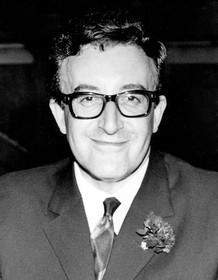
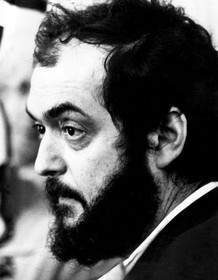
Best Picture
Writing (Screenplay—based on material from another medium)
18th British Academy Film Awards 1965

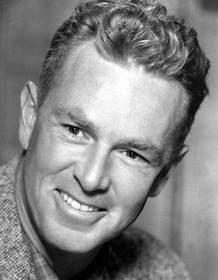


Best British Screenplay
Best Production Design, Black and White
United Nations Award
17th Directors Guild of America Awards 1965

Full Plot Summary and Ending Explained for Dr. Strangelove or: How I Learned to Stop Worrying and Love the Bomb
Read the complete plot summary of Dr. Strangelove or: How I Learned to Stop Worrying and Love the Bomb, including all major events, twists, and the full ending explained in detail. Explore key characters, themes, hidden meanings, and everything you need to understand the story from beginning to end.
At the Burpelson U.S. Air Force Base, located somewhere within the vast expanses of continental America, we encounter the eccentric Brigadier General Jack D. Ripper, portrayed by the formidable Sterling Hayden. In a shocking turn of events, Ripper gives a direct order for the 34 nuclear-armed B-52 bombers of the 843rd Bomb Wing to move past their designated failsafe points, which typically serve as waiting zones for potential orders. This unexpected maneuver is indicative of a belief that the United States and USSR have plunged into a state of “shooting war.”
In the War Room at the Pentagon, Air Force General Buck Turgidson takes center stage as he briefs President Merkin Muffley about this audacious and reckless action initiated by General Ripper. Generally, a nuclear assault would necessitate a presidential decree before execution, yet Ripper has leveraged “Plan R,” an emergency contingency plan that allows a senior officer to launch a retaliatory strike against the Soviets if every member of the regular chain of command—including the President—has been incapacitated or killed in a surprise attack. This scheme is engineered as a deterrent against a potential Soviet strike aimed at decapitating the American leadership in Washington, thereby disrupting U.S. command and mitigating an effective nuclear counterattack.
With an air of urgency, Turgidson implores Muffley to capitalize on the situation to neutralize the Soviet threat by instigating a full-on assault. Turgidson confidently asserts that the U.S. holds a superior strategic position, believing that such a preemptive attack could successfully incapacitate up to 90% of Soviet missiles, potentially leading to an American victory with “acceptable” casualties estimated at 10 to 20 million lives, tops—depending on the breaks. Muffley, however, rebuffs this militaristic enthusiasm and opts instead to admit the Soviet Ambassador (portrayed by Peter Bull) into the War Room. He chooses to engage with Soviet Premier Dmitri Kissoff directly through the hotline, insisting on providing the necessary information to enable the Soviets to intercept the threatening American bombers before they can launch their catastrophic strikes.
Meanwhile, Group Captain Lionel Mandrake—another role brought to life by Peter Sellers—an RAF exchange officer serving under General Ripper, awakens to the realization that no attack has been made against the U.S. This epiphany strikes him when he tunes into a radio broadcast featuring pop music rather than the expected Civil Defense alerts. When Mandrake discloses this startling revelation to Ripper, he is met with refusal to call back the bomb wing. In an act of desperation and potential self-assertion, Mandrake declares he will issue the recall under his authority. However, the code required for recall remains locked in Ripper’s twisted psyche. Mandrake, facing the psychopathic tendencies of Ripper, finds himself caught in a web of madness as Ripper rambles about the alleged Communist plot to “sap and impurify” the “precious bodily fluids” of Americans with fluoridated drinking water—an idea that he insists was born out of a moment of sexual ecstasy, which he cites as the reason for his subsequent fatigue.
As tensions escalate, an unseen, inebriated Kissoff reveals to the Soviet Ambassador the existence of an active Doomsday Device. This device is programmed to annihilate all human and animal life on Earth in the event of a nuclear strike against the Soviet Union. The sinister contraption operates on an intricate network of computers designed to serve as the ultimate deterrent. Perhaps most chilling is the fact that the Doomsday Device is impervious to deactivation; any attempt to disable it will trigger its catastrophic self-destruction protocol. The architecture of this doomsday weapon, inspired by the notion of a cobalt bomb, reflects the darker fears permeating during the Cold War, envisioned as a budget-friendly alternative to a full-blown arms race.
In the midst of this chaos, the President turns to the enigmatic figure of Dr. Strangelove, a former Nazi and strategic consultant, also portrayed by Peter Sellers, now reduced to a wheelchair-bound mad scientist. Strangelove’s eccentricities include a bizarre form of alien hand syndrome, causing his right hand—ensconced in a foreboding black leather glove—to sporadically attempt a stranglehold on him or initiate a Nazi salute, a sight that sparks no reaction from the other serious-minded individuals in the room. Strangelove’s dialogue drips with sarcasm as he refers to the President with frenzied terms like “Mein Präsident” and “Mein Führer.”
As Strangelove elucidates the workings of the Doomsday Device, he insists that its simplicity makes it “credible and convincing.” He explains that a secret Doomsday Device lacks any deterrent value. In a twist of irony, the Soviet Ambassador eventually admits that his government had hurriedly installed this ominous device mere days before announcing its existence to the world—a move dictated by Kissoff’s penchant for surprises.
The situation reaches a boiling point as U.S. Army paratroopers, dispatched by Muffley himself, storm the Burpelson Base to apprehend General Ripper. Anticipating a potential assault from American forces conspiring against him, Ripper has rallied his men to open fire on the incoming troops. In the ensuing chaotic firefight, the Army ultimately gains the upper hand, successfully breaching the base, yet not before Ripper, terrified of possible interrogation and torture to extract the recall code, takes his own life.
A Colonel, nicknamed “Bat” Guano (played by Keenan Wynn), bursts into Ripper’s office, initially mistaking Mandrake for a “deviated prevert” leading a mutiny. Mandrake, however, manages to convince Guano to telephone the President and relay the recall code he has ingeniously deciphered from Ripper’s doodles—a phrase that references “peace on earth and purity of essence.” Despite the communication lines being severed in the ruckus, Mandrake finds himself resorting to a pay phone to contact the President. Lacking change for the call, he persuades Guano to shoot open a Coca-Cola vending machine for some much-needed coins, ultimately managing to relay the critical code combinations to Strategic Air Command.
When the correct recall code, “OPE,” is transmitted to the planes, most return to the safety of the base, except for one. Damaged by a Soviet anti-aircraft missile, the bomber’s communication systems are incapacitated, leaving it unable to receive the recall signal. The crew, working on their own intuition and running low on fuel, decides to execute a low-level approach to a secondary target of opportunity.
As the damaged B-52 nears its intended destination, the bomb bay doors jam and Major T. J. “King” Kong (portrayed by Slim Pickens) bravely descends to the bomb bay to manually open them. At the critical moment, he succeeds just as the plane reaches its target; one of the nuclear bombs plummets downwards, with Kong riding upon it like a rodeo cowboy, whooping with exhilaration and brandishing his cowboy hat. The impending detonation triggers the Doomsday Machine, sealing humanity’s fate.
In the frantic aftermath back in the War Room, Dr. Strangelove suggests a plan for the President: relocating a select few—around 200,000 individuals—into a fortified mine shaft, thus safeguarding a remnant of humanity from nuclear fallout and allowing for future repopulation. Strangelove, whose views lean towards the very survival of the fittest, advocates for a gender ratio of ten females for each male, specifically choosing women based on their physical attributes and men based on their strength, intellect, and significance within society. General Turgidson, ever the pessimist, warns that the Soviets would likely engineer an even grander hideout, proclaiming, “we must not allow a mine shaft gap.” Amidst the discord, the Soviet Ambassador can be seen lurking in the shadows, covertly snapping photos with a camera disguised as a pocket watch.
The film crescendos as a frenetic Dr. Strangelove bolts from his wheelchair, gleefully proclaiming, “Mein Führer, I can walk!” The screen fades to black with a cacophony of nuclear explosions roaring in the background, underscored by Vera Lynn’s iconic tribute, “We’ll Meet Again,” symbolizing not just the end, but perhaps a grim reminder of the absurdity and peril inherent in the human condition.
Uncover the Details: Timeline, Characters, Themes, and Beyond!

Coming soon on iOS and Android
The Plot Explained Mobile App
From blockbusters to hidden gems — dive into movie stories anytime, anywhere. Save your favorites, discover plots faster, and never miss a twist again.
Sign up to be the first to know when we launch. Your email stays private — always.
Watch Trailers, Clips & Behind-the-Scenes for Dr. Strangelove or: How I Learned to Stop Worrying and Love the Bomb
Watch official trailers, exclusive clips, cast interviews, and behind-the-scenes footage from Dr. Strangelove or: How I Learned to Stop Worrying and Love the Bomb. Dive deeper into the making of the film, its standout moments, and key production insights.
Cars Featured in Dr. Strangelove or: How I Learned to Stop Worrying and Love the Bomb
Explore all cars featured in Dr. Strangelove or: How I Learned to Stop Worrying and Love the Bomb, including their makes, models, scenes they appear in, and their significance to the plot. A must-read for car enthusiasts and movie buffs alike.
Dr. Strangelove or: How I Learned to Stop Worrying and Love the Bomb Themes and Keywords
Discover the central themes, ideas, and keywords that define the movie’s story, tone, and message. Analyze the film’s deeper meanings, genre influences, and recurring concepts.

Unlock the World of Movies with Our Comprehensive Wiki
Dive into our Movie Wiki for in-depth film encyclopedia entries, including cast biographies, production trivia, plot synopses, behind-the-scenes facts, and thematic analyses. Whether you’re researching iconic directors, exploring genre histories, or discovering hidden easter eggs, our expertly curated movie database has everything you need to fuel your cinematic passion.

Articles, Reviews & Explainers About Dr. Strangelove or: How I Learned to Stop Worrying and Love the Bomb
Stay updated on Dr. Strangelove or: How I Learned to Stop Worrying and Love the Bomb with in-depth articles, critical reviews, and ending explainers. Explore hidden meanings, major themes, and expert insights into the film’s story and impact.
Similar Movies To Dr. Strangelove or: How I Learned to Stop Worrying and Love the Bomb You Should Know About
Browse a curated list of movies similar in genre, tone, characters, or story structure. Discover new titles like the one you're watching, perfect for fans of related plots, vibes, or cinematic styles.
Quick Links: Summary, Cast, Ratings, More

What's After the Movie?
Not sure whether to stay after the credits? Find out!
Explore Our Movie Platform
New Movie Releases (2025)
Famous Movie Actors
Top Film Production Studios
Movie Plot Summaries & Endings
Major Movie Awards & Winners
Best Concert Films & Music Documentaries
Movie Collections and Curated Lists
© 2025 What's After the Movie. All rights reserved.












